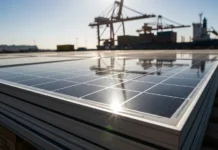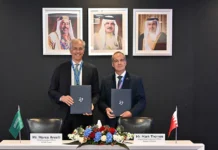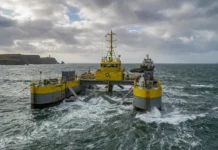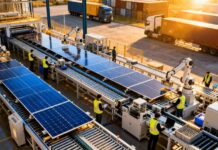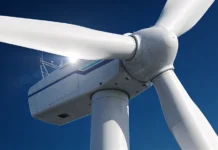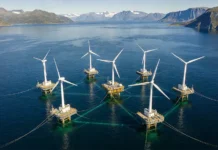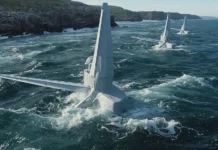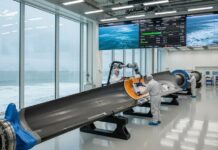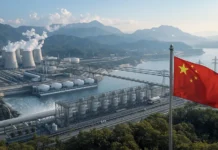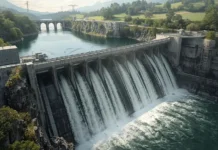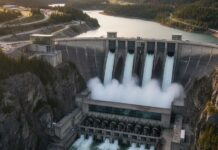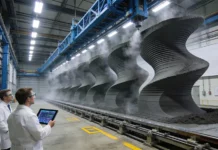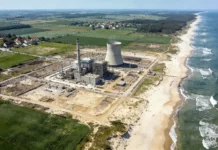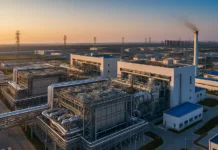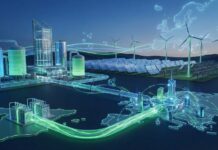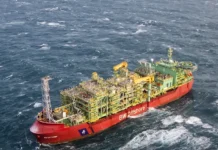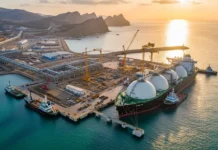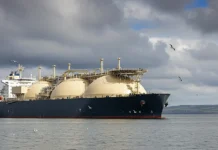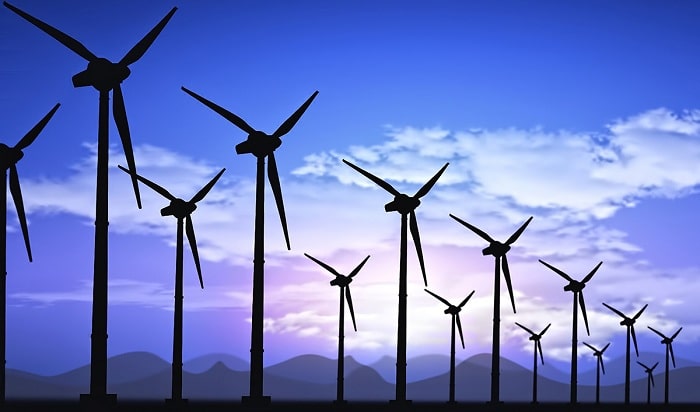Iberdrola is strengthening its position in the floating offshore sector with the development of two innovative demonstration projects.
The company will lead an international consortium that aims to install a floating turbine in excess of 10 MW in Norway, and is close to joining a further demonstration project in Spain.
The project in Norway, known as “FLAGSHIP,” will see the design, fabrication, installation and operation of a demonstration floating offshore wind turbine using a 10+ MW turbine and a semi-submersible floating concrete structure (OO-Star Wind Floater). It will be tested in the North Sea, at the Met Centre located in Norway. The international consortium includes companies and institutions from Spain, Norway, France, Denmark and Germany.
FLAGSHIP is being developed as part of the European Commission’s Horizon 2020 program. This is the biggest EU Research and Innovation program ever with nearly €80bn ($89bn) of funding available over seven years (2014 to 2020). The main objective of the FLAGSHIP project is to help reduce the LCOE (Levelised Cost of Energy) for floating offshore wind to a range of between 40-60€/MWh by 2030, driven by economies of scale, competitive supply chains and a variety of innovations.
After scoring the maximum (15 out of 15) in the evaluation phase, the process of securing necessary grants is now underway. On successful completion, Iberdrola hopes to sign a grant agreement worth approximately €25m ($28m) with the “Innovation and Networks Executive Agency” of the European Commission during the second half of 2020. Fabrication of the floating platform could start in the second quarter of 2021, with installation in first quarter 2022.
Further plans for a floating demonstration project in Spain are also moving forward. Specific details will be finalized and published this year, but the project aims to utilize a different technology to that planned in Norway, and would see fabrication undertaken in the Basque Country, with deployment in waters around the Canary Islands or in the BIMEP (Basque Country). In Spain, the waters are generally too deep for traditional fixed foundations, so floating technology is seen as crucial for unlocking the major potential that can be harnessed from offshore wind in the country.
Jonathan Cole, Iberdrola’s Global Managing Director for Offshore Wind, said “…the demonstration projects that we are developing will ensure we are ready for engaging in large-scale commercial floating wind projects in the near future. There is tremendous potential globally for floating technology, as it will open up new markets where water conditions restrict the development of traditional offshore projects. We are not tied to any one technology, and we have had a team actively analyzing all developments in the sector for many years. Now is the right time to move from research and development in to putting turbines in the water and increasing our knowledge.”
Iberdrola is undertaking studies to analyze the possibility of installing additional floating wind turbines at some of these project sites and the company is actively interested in processes for large scale floating offshore wind projects in different locations such as the U.S. and Scotland.



